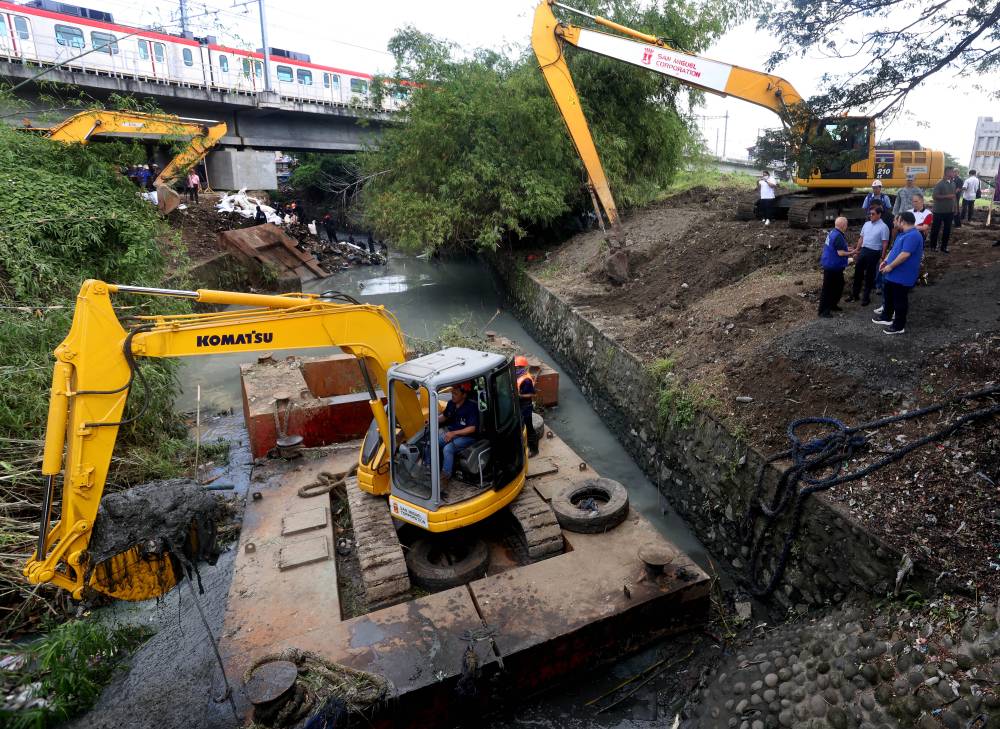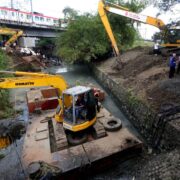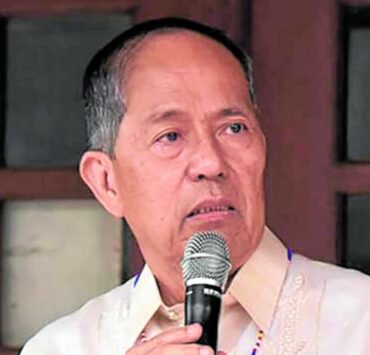President launches P2-B cleanup of Metro Manila Waterways

President Marcos on Wednesday oversaw the launch of a massive intercity operation to unclog and desilt waterways across Metro Manila, citing a study estimating that such efforts could reduce flooding in the capital region by up to 60 percent.
On the same day the President kick-started “Oplan Kontra Baha,” the Metropolitan Manila Development Authority (MMDA) reported that up to 51.2 tons of garbage had been collected from city streets in the aftermath of last week’s storms.
With a budget of P2 billion, the cleanup drive came in the wake of two major typhoons— “Tino” and “Uwan”—that left vast swaths of destruction and displaced around two million people in almost all 17 regions.
While Metro Manila did not suffer as much as the provinces directly hit by the recent typhoons, memories of the flash floods in August remained fresh and have since spurred a review of flood control projects, with the inquiries later giving rise to allegations of massive corruption involving public works officials, lawmakers and private contractors.
“Our scientists estimate that flooding could be reduced by up to 60 percent if this is done properly,” the President said during the launch at Balihatar Creek in Barangay San Dionisio, Parañaque City.
“Flooding can be reduced further if we fix the pumping stations,” he added.
Oplan Kontra Baha aims to cover 142.4 kilometers of rivers, creeks, and esteros and 333.15 km of drainage systems in Metro Manila.
9 months nonstop
Wednesday’s launch was also held simultaneously at Caingin Creek in Meycauayan City; Sunog Apog Pumping Station in Tondo, Manila; San Juan River in Quezon City; and Las Piñas River in Las Piñas City.
The Department of Public Works and Highways (DPWH) and the MMDA are spearheading the project on a P2-billion budget, drawn from ‘’unutilized funds’’ of the DPWH.
Under the project’s first phase, the desilting operation would go for depths of at least three meters to ensure the smooth flow of water.
“We will continue to do this first part of the Oplan till June, July of next year. It’ll be around nine months. We will not stop,” Marcos said.
The President also noted that some pumping stations in Metro Manila appeared to have been “improperly placed” or set up in locations that actually blocked water flow, while some heavy equipment procured by the government had lain unused for years.
The other ‘Big One’
He spoke of a set of equipment that remained unused for “seven years” in a warehouse of the DPWH “because it was supposedly kept in reserve for the ‘Big One’ (or a major earthquake).”
“But (the recent calamity) seems to be the ‘Big One’ in terms of flooding. So what are we waiting for?’’ he said. “We need to take them all out and use them. Plus, there will be augmentation again, from the private sector… and, of course, with the approval and the cooperation of our (local governments).”
Among the companies helping in the initiative are San Miguel Corp. and Metro Pacific Investments Corp., according to Malacañang.
After Metro Manila, Oplan Kontra Baha will be expanded to cover the cities of Cebu, Bacolod, Roxas, Davao and Cagayan de Oro, and the provinces of Cavite, Laguna, Pangasinan and Cotabato.
“This is going to be a simple solution but it will take a lot of work. Fortunately, we have many willing partners—from the national government, LGUs, and private sector volunteers providing their equipment and expertise,” Mr. Marcos said. —WITH A REPORT FROM GILLIAN VILLANUEVA

















